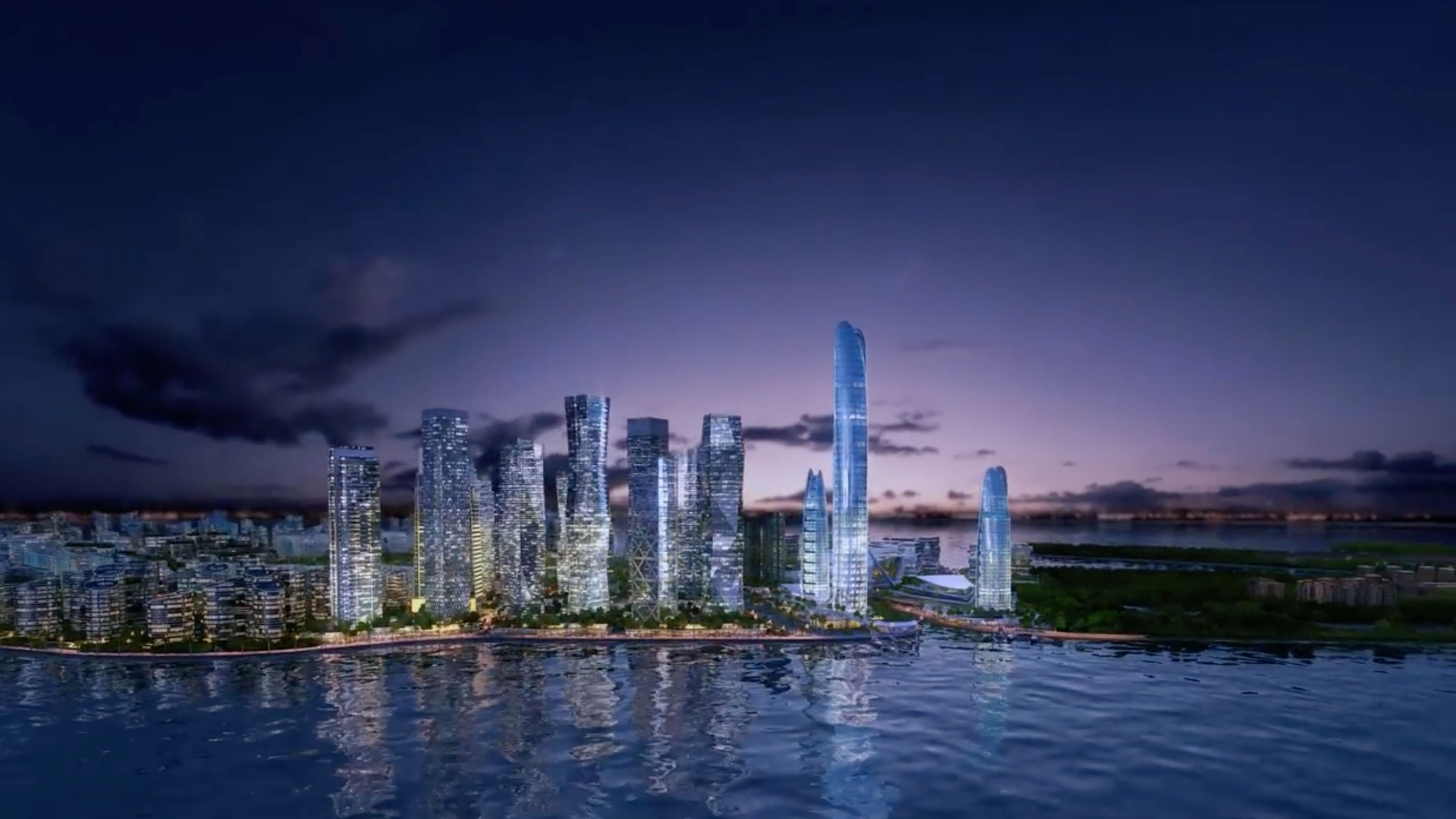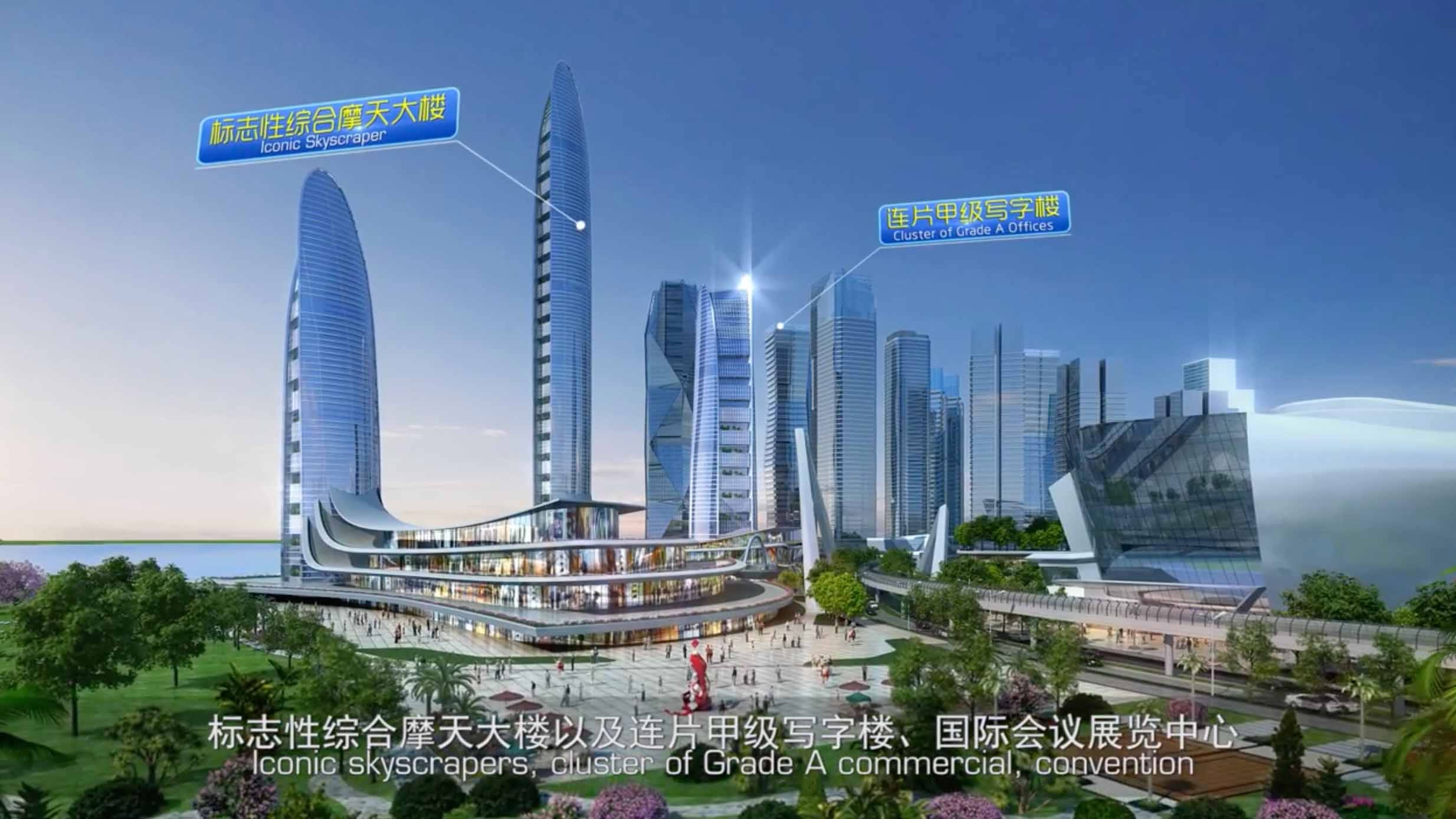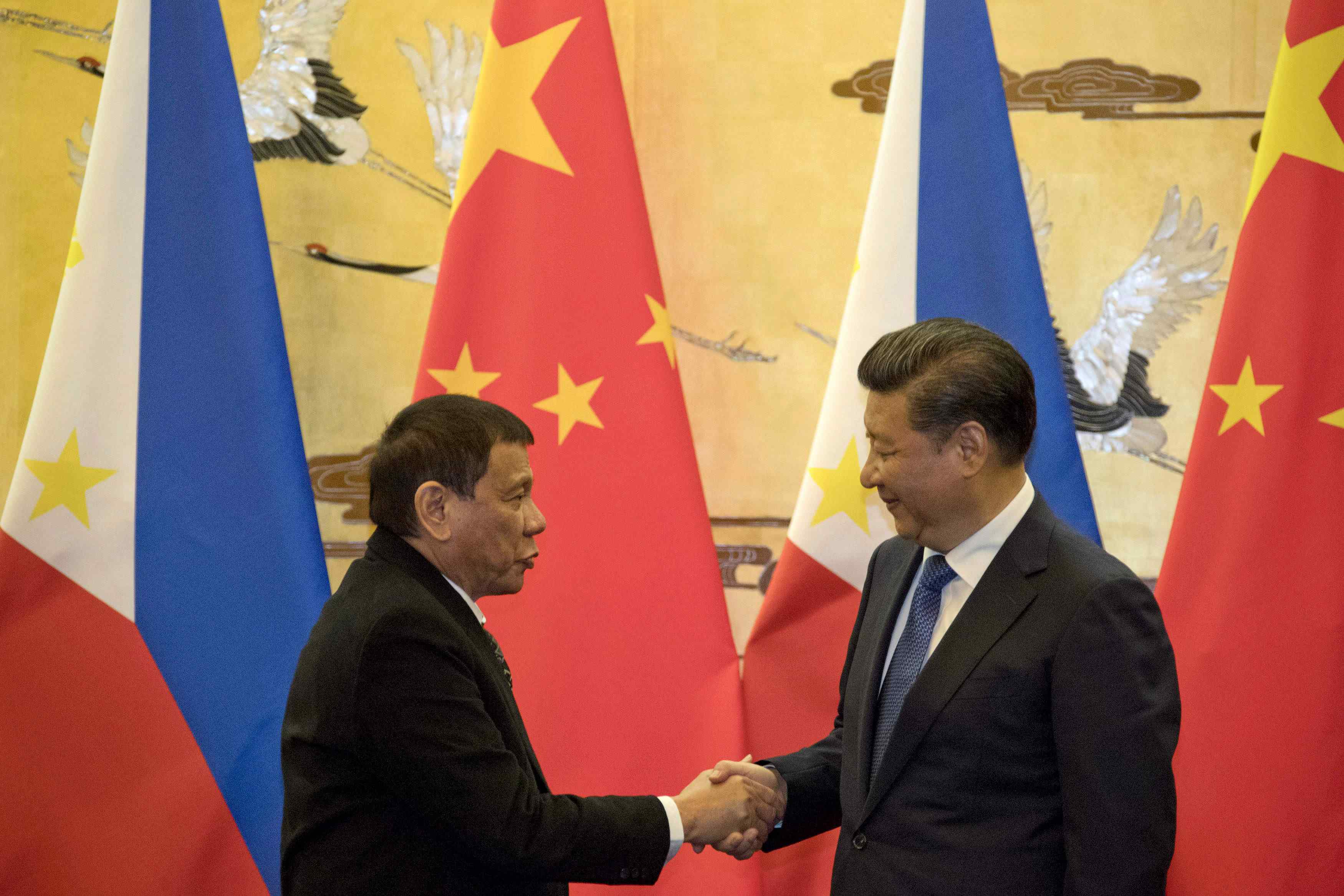
China
15:42, 18-Sep-2017
City of Pearl: China builds massive Belt and Road metropolis in the Philippines
By April Espejo

The Philippines may soon have another “city” in Manila – a massive smart and utopian metropolis never before seen in Southeast Asia. And it will be rising from the sea.
Dubbed the New Manila Bay – City of Pearl, this project is one of China’s biggest investments under the “Belt and Road Initiative” and China's biggest project in the Philippines so far. The first of its kind in the region, the “city within a city” will be built over 407 hectares of man-made island off the coast of the capital city.

Futuristic buildings designed for the City of Pearl / Screenshot from Ho & Partner Architects presentation video
Futuristic buildings designed for the City of Pearl / Screenshot from Ho & Partner Architects presentation video
According to Nicholas Ho, deputy managing director of Ho & Partners Architects (hpa), the Hong Kong-based overall planner and lead designer of the project, City of Pearl will become a self-sustaining smart community run by artificial intelligence, with futuristic office buildings, residential blocks, a central park, golf course, marina promenade and an advanced driverless railway system. There will also be water taxis that will connect the island with various districts in Manila. It will also have its own sports stadium, the Pac-Man stadium, named after Filipino boxing champ Manny Pacquiao.
“The City of Pearl is an example that there are real business opportunities in Belt and Road countries. Its estimated valuation is about 100 billion US dollars,” said Nicholas Ho in a South China Morning Post interview.
The start of an ambitious project
The reclamation work, which will take about four years, started last month after Philippine President Rodrigo Duterte and Chinese President Xi Jinping gave their “wholehearted” approval to the project’s design.
“None in Asia has this scale of development in such a prime location with such a visionary approach,” said Nicholas Ho. “There are many townships in Asia but those townships are in the middle of nowhere. This township is extremely prime in terms of its location. This one is right smack in the middle of town, with 360-degree ocean views.”

Philippines' President Rodrigo Duterte (L) and his Chinese counterpart Xi Jinping shake hands after a signing ceremony in Beijing. Duterte met with Xi on October 20, as the Philippines’ leader seeks closer ties with the Asian giant while blasting his US allies. / AFP Photo
Philippines' President Rodrigo Duterte (L) and his Chinese counterpart Xi Jinping shake hands after a signing ceremony in Beijing. Duterte met with Xi on October 20, as the Philippines’ leader seeks closer ties with the Asian giant while blasting his US allies. / AFP Photo
City of Pearl, planned to be the most integrated and progressive central business district of the Philippines, will be a green city as the community will be using mainly renewable energy like solar and tidal power. Less car usage is also expected, with an advanced railway system promoting walkability.
This ambitious “world city” project is the product of years-long negotiations between Beijing and Manila, led by UAA Kinming, a consortium of Filipino-Chinese developers.
The massive metropolis is estimated to generate around 50,000 jobs from construction to development, creating lots of jobs for Filipinos.
The entire infrastructure will take about 30 years to build.
China and the Philippines: Business and political relations
In the case of funding City of Pearl, China is willing to bear all the initial cost despite large amount of risks without any returns. But is it really for nothing?
The Belt and Road initiative is spearheaded by the Chinese government to improve trade and economic integration across Asia, Europe and Africa. Aside from stimulating China’s own economy, the plan is to also bolster its economic relationships and influence, while providing more political capital at home and abroad. This is also an opportunity for China to export their technology, talent and enterprises.
In an interview with CGTN, Prof. Dindo Manhit, president of Stratbase ADR Institute, a strategic policy research group, and managing director of a strategic advisory firm in the Philippines, said that China and the Philippines can still separate their political relations from the business or economic aspect. He also said that it is still premature to assess the actual impact of the project.
“The Philippines needs to update its infrastructure, so it makes sense for it to seek international partners that can help it to achieve its aims,” said Prof. Manhit. “Chinese [firms] benefit from access to more opportunities overseas. In terms of soft power politics, China may benefit from improved relations if the projects are successful. However, because the Philippines has a history of big projects that do not turn out the way they are intended, most people may wait to see real progress on this project.”
Skeptics remain and there are questions about who will eventually have control of the city and whether the port city will be used for any military purposes. He said that there is no “military application for this project” and gave assurance that the Philippines will exercise complete autonomy over it.
“The project does not appear to have a military aspect. It will impact the Philippines-China disputes only if the two countries do not separate their political relations from their business relations,” Prof. Manhit concluded.
(Top video from Ho & Partners Architects official Youtube account)

SITEMAP
Copyright © 2018 CGTN. Beijing ICP prepared NO.16065310-3
Copyright © 2018 CGTN. Beijing ICP prepared NO.16065310-3